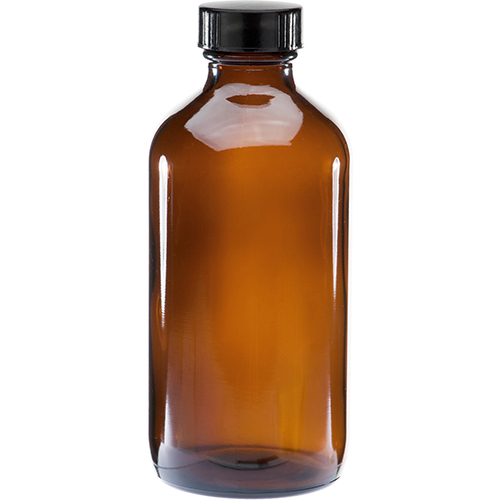
Jessner’s Peel
Formulation:
Lactic Acid, Salicylic Acid, Citric Acid
14%/14%/8% Solution
A modified Jessner’s peel formulation.
Description
Jessner’s peel (modified) contains three active ingredients: lactic acid, salicylic acid, and citric acid. This peel is unique in that it is a combination of both alpha-hydroxy acid and beta-hydroxy acid.
The original Jessner’s formulation contained resorcinol however most formulations no longer contain this ingredient. Resorcinol may cause allergic reactions and may disrupt the endocrine system. Therefore alternatives have been proposed such as citric acid, trichloroacetic acid, and more.
Jessner’s peels are also unique in that they are self-neutralizing and the entire peel process can take a few days. This produces a medium depth peel that can treat dark spots and uneven skin tone that is slightly deeper than a superficial peel.
Why Jessner’s “Modified”?
The original Jessner’s peel formulation included resorcinol however this ingredient has been found to have undesirable side effects. Resorcinol has been associated with the development of thyroid disease and excessive irritation. It has become a concern to some scientists due to its endocrine disrupting properties. We have modified the formulation to exclude resorcinol and instead include lactic acid, salicylic acid, and citric acid – three ingredients known to be well tolerated and safe.
How Do Jessner’s Peels Work?
Jessner’s peels remove the top layers of dead and damaged skin to allow new, undamaged skin layers to grow. The new skin is smoother and more evenly toned. The peel can be made either superficial or medium depth depending on the amount of solution used or how long it is left on the skin.
Jessner’s Peel Ingredients
Lactic Acid
Lactic acid is an alpha hydroxy acid that is usually produced through fermentation using cornstarch or beet sugar. Lactic acid is a larger molecule than other alpha hydroxy acids like glycolic acid. It is also larger than beta hydroxy acids like salicylic acid. A larger molecule tends to not penetrate the skin as deeply so its effects are more on the surface. Lactic acid may even act like a humectant in some skincare products – attracting moisture to the skin.
Salicylic Acid
Salicylic acid is a beta-hydroxy acid that has both anti-inflammatory and anti-bacterial properties. Salicylic acid is oil soluble and penetrates deeper into the skin than the alpha hydroxy acids. Oil-soluble skincare ingredients tend to penetrate the lipid layers of the skin more easily. This is why salicylic acid is often used to unclog pores – for example in clearing blackheads.
Citric Acid
Citric acid is an alpha hydroxy acid extracted from citrus fruits. It works similar to other alpha hydroxy acids by removing dead skin cells and promoting skin cell turnover. The molecules of citric acid are even larger than the other acids, which make it less able to absorb deeper into the skin – providing a lighter, milder treatment.
Combining Jessner’s with Other Treatments
One study found that low-power fractional CO2 laser in combination with Jessner’s solution peeling and Jessner’s solution peeling treatment alone were both safe and effective for the treatment of melasma in patients with different skin types. The group that was treated with both CO2 laser and Jessner’s peels saw results more quickly and patients were more satisfied with the results. However the Jessner’s peels also produced significant results on their own.
What Can Jessner’s Peels Treat?
- Melasma
- Dark patches and age spots
- Uneven skin tone
- Fine lines and wrinkles
- Hyperpigmentation
- Acne scars
Side Effects and After Care
Jessner’s peels are well tolerated and the side effects are typical for any superficial to medium depth chemical peel. Redness, swelling, peeling, stinging, and burning are to be expected. In most cases, the healing process will be complete within 7-14 days and you will then be able to see the results of the peel. Several peels are required to get the best results and many patients get them on a regular basis with breaks in between to manage their skin conditions.
It is important to avoid UV radiation from the sun both before and after the peel. This is especially important during the healing process. Sun protection includes using a broad spectrum sunscreen as well as protecting the face with a hat.
Articles
Efficacy of Modified Jessner’s Peel and 20% TCA Versus 20% TCA Peel Alone for the Treatment of Acne Scars – Journal of Cutaneous and Aesthetic Surgery
Low-power Fractional Carbon Dioxide Laser Followed by Jessner’s Peel versus Jessner’s Peel Alone for the Treatment of Melasma – The Journal of Clinical and Aesthetic Dermatology
Order Jessner’s Peel
Question about Jessner’s peel? Reach out to us today:
